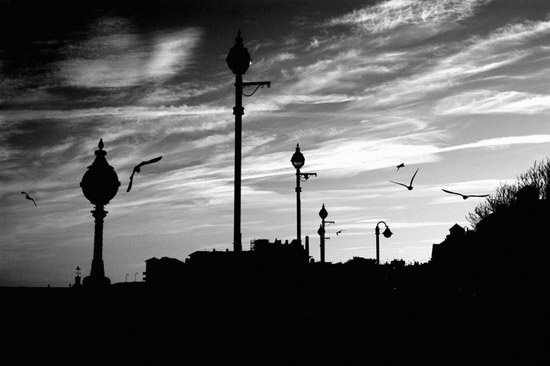Historical Vampires

The vampire invaded Western Europe across the flat Hungarian plains as the Ottoman Turks retreated from the Slavic lands. At first the vampire was a Christian -- a heretic or criminal or suicide -- whose restless soul would leave its grave at night, usually as a bat, to drink human blood but you could drive him off with a crucifix or garlic if you knew what you were doing. In another form he was the incubus and the succubus having sex with people when they were sleeping. As Christianity waned throughout the 19th century, the vampire began to wander the earth freely and without guilt -- and he could live forever.

He had been identified in print in 1746 by Dom Augustin Calmet, a French Benedictine monk, who apparently knew about this sort of thing. His book Dissertations sur les apparitions des anges, des démons et des esprits, et sur les revenants et vampires de Hongrie, de Bohême, de Moravie, et de Silésie was a bestseller. Later editions ditched the angels and focused on what was most appealing: vampires.
Thereafter the vampire could not be killed and he popped up again and again until Bram Stoker's Dracula (1897) and Murnau's Nosferatu: A Symphony of Horror (1922) - indeed Stoker's widow sued the German film company for copyright infringement. The film may not have been intentionally anti-Semitic but given the context of when and where it was made, it certainly comes across that way today.

